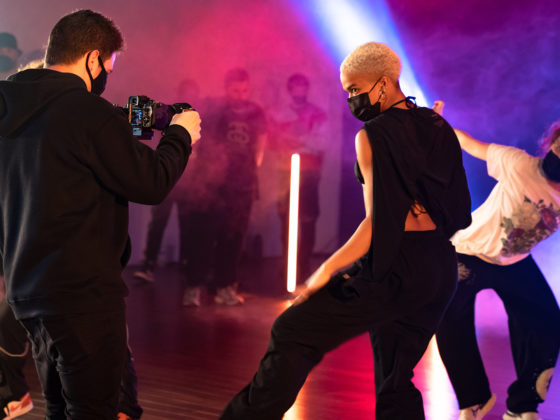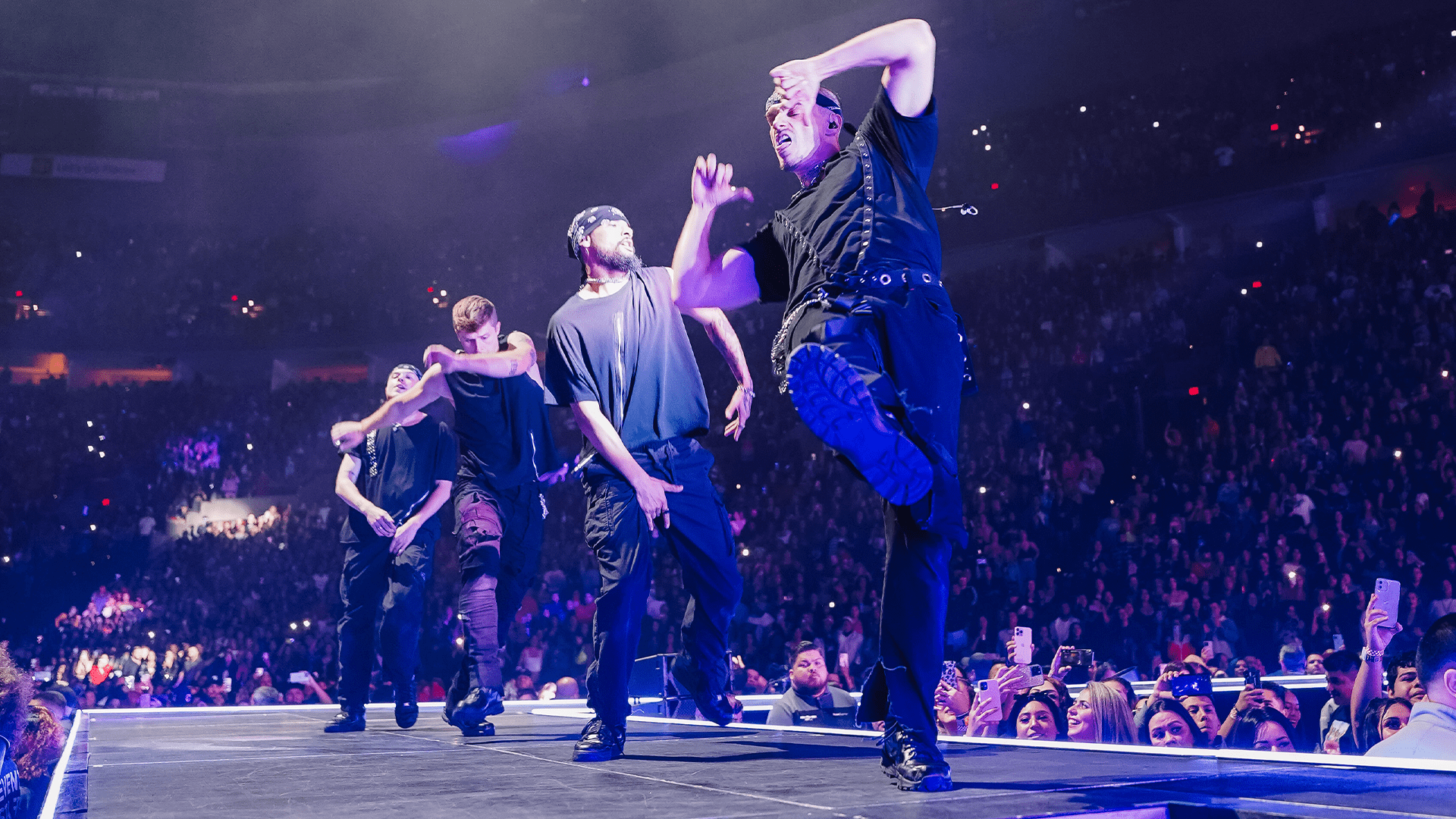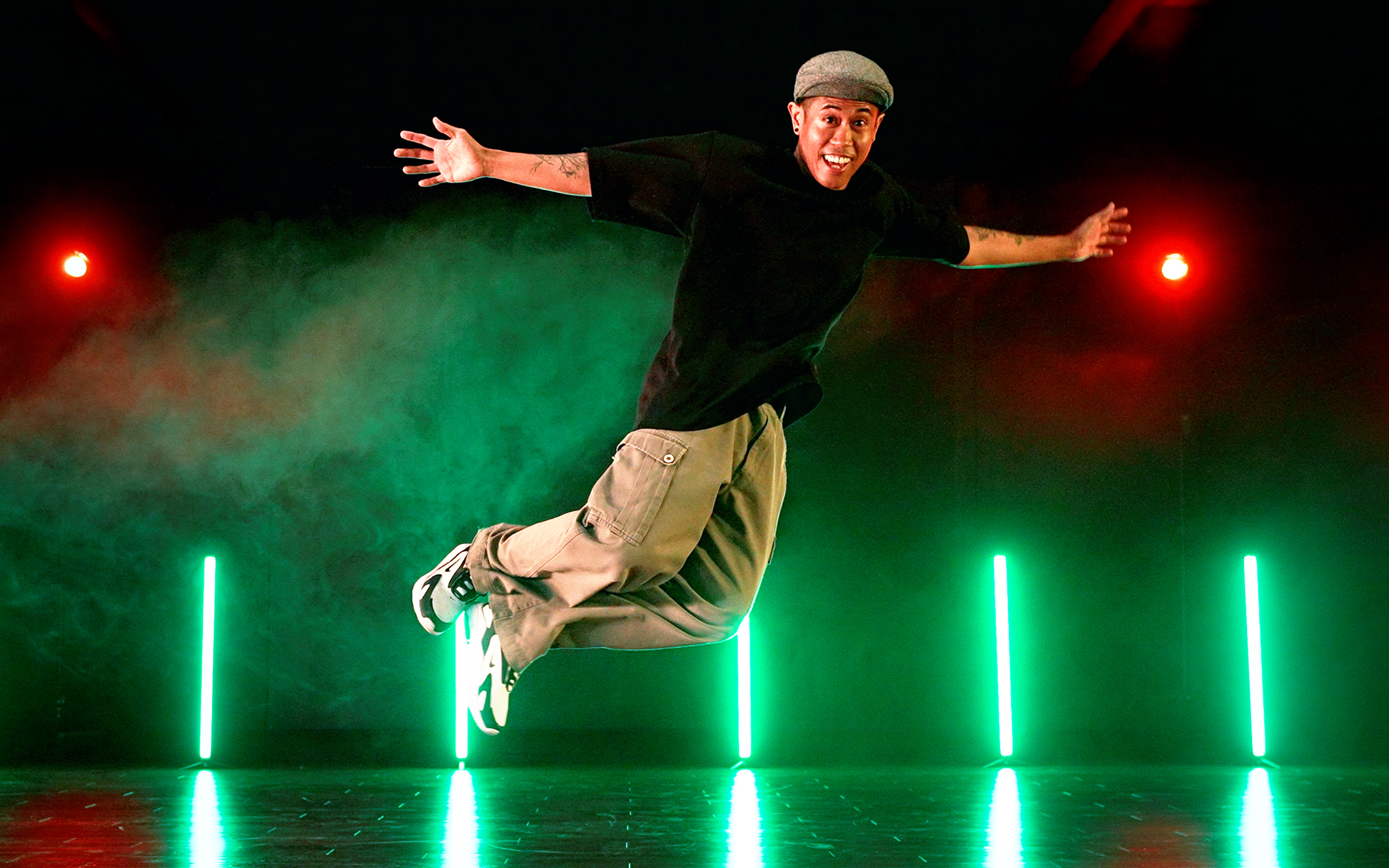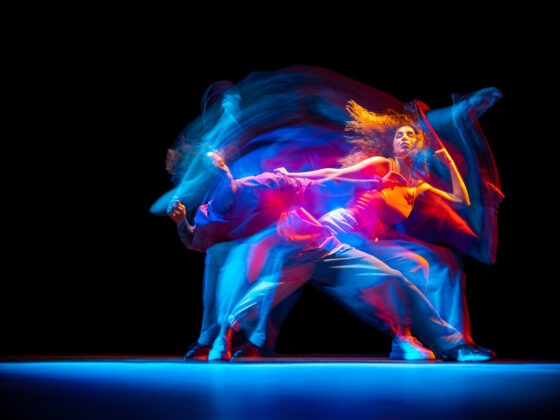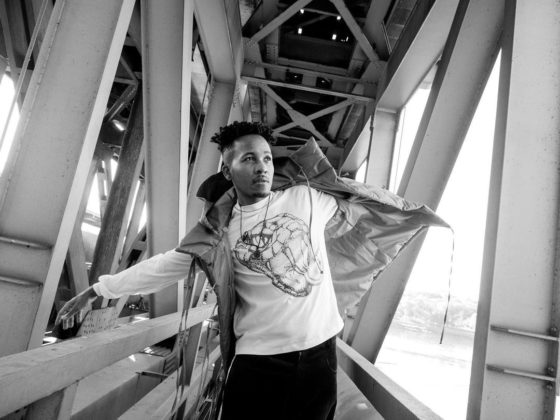Have you ever felt sore after class and wondered what you did? Have you felt weak in a powerful class combo, or too tight in a loose, free-flowing class combo? Having an unbalanced relationship between flexibility and strength may be holding you back from your full potential as a dancer. We’re here to help!
Bendable, not breakable
Flexibility is the range of motion you have at a joint, without pain or restriction. While many factors go into how flexible you are, you can have a huge impact on muscle elasticity and length via stretching.
There are two kinds of stretches: active and passive. When active stretching, one muscle stretches the other. While in passive stretching, you are being stretched by an external force such as equipment, the floor, or a partner. Both forms of stretching are needed for your muscles to become more flexible, while still maintaining their strength and control.
Being flexible not only allows a wider range of movement, but it has other benefits too. For starters, improving flexibility lowers your risk of injury because you’re able to move with ease and without restriction or force. Having this flexibility also relaxes your muscles, releasing tension and any pent up stress you may be holding. The stress release can also improve circulation and relieve pain.
Power up your movement
Strength is the ability to hold pressure or resistance, particularly influenced by muscles. Improving strength can be done through exercises that resist the contraction of your muscles. Dancers mainly use their own body weight to create the resistance, but resistance can also be created with weights, resistance bands, or other objects.
There are two ways to increase strength: adding more repetitions or adding more weight. When increasing repetitions, you are completing more of the action, which builds endurance. When increasing weight, you are increasing the amount of resistance on the muscles, which builds more power. Both forms of strength training are useful in a dancer’s strength training regimen to improve how long you can tolerate resistance, as well as how much resistance you can hold.
Strengthening your muscles not only allows for control and power behind your movement, but has several other benefits too. When dancers are strong, they are able to dance for long periods of time without fatigue. This endurance is needed for long rehearsals and jobs that demand the highest quality of movement for long periods of time. Having strength also creates longevity in your career, and decreases your chance of injury since your muscles can handle whatever you throw at them.
Both stretching and strengthening assist the other, and go hand-in-hand when it comes to efficacy. Flexibility allows for more strength in the same way that being strong allows for more flexibility. It’s easy to forget that as dancers we are also athletes. Let’s treat our bodies as such!
Let’s jump in!
In-Person:
Our studio in LA offers weekly Stretch & Strength classes with Sienna Lyons. Sienna does a great job at maintaining an equilibrium between stretching and strengthening that is often overlooked by instructors. Her background as an industry leading choreographer makes this a class that uniquely caters to dancers and their bodies.
Online:
Our online platform also offers several excellent Stretch & Strength classes to jump into! Check out Stretch & Strength with Mollee Gray, available exclusively on TMilly TV!


